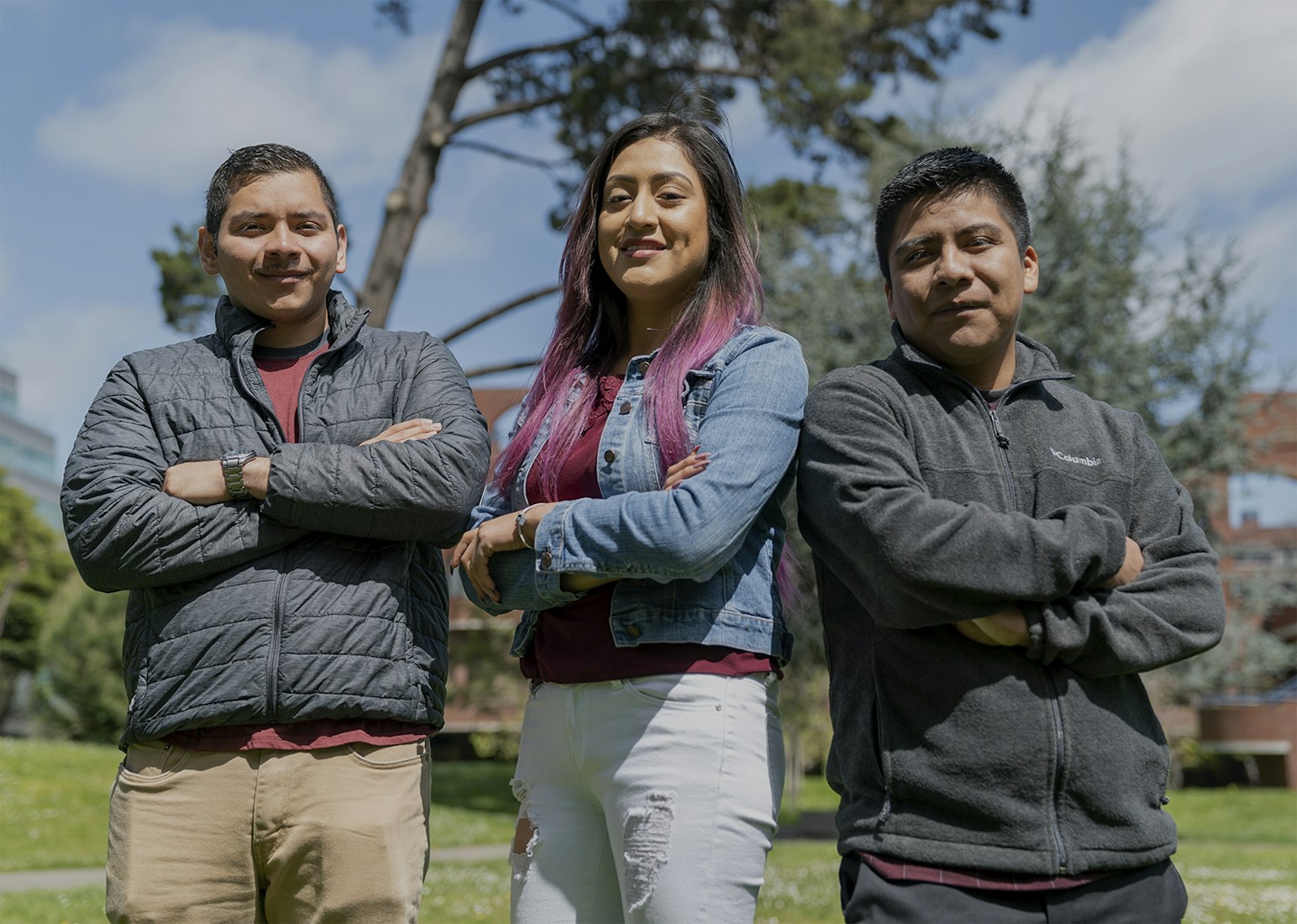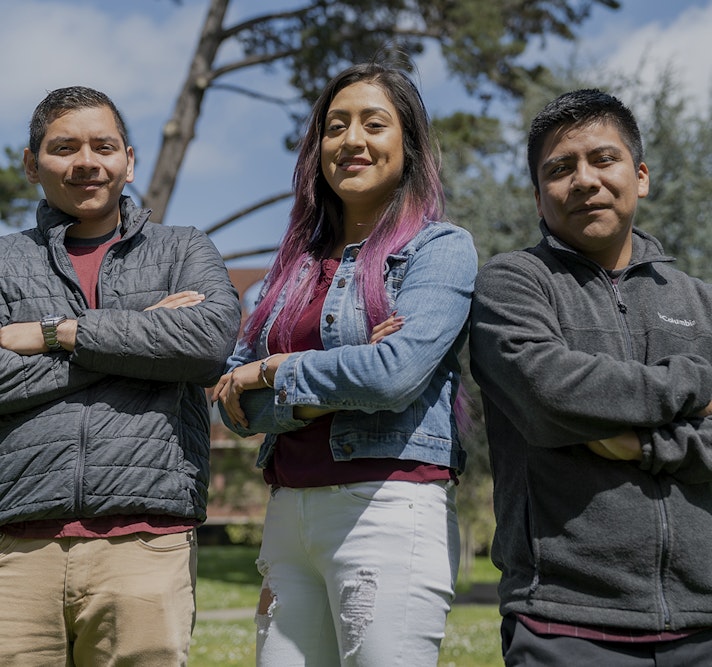Tens of thousands of people have been delayed in receiving permanent residency, contrary to Congressional intent. By recapturing green cards that have gone unused in previous years and making technical tweaks to the statutory formula, Congress could make immediate and significant progress on eliminating bureaucratic backlogs and ensure that green cards are not wasted in the future.
Green card recapture
and reform would reduce immigration backlogs


“Congress intended for all allotted green cards to eventually be issued, and established a process for any unused green cards to roll over from one category to another the following year”
Congress intended all green cards to be issued, but the formula needs a technical correction
In 1990, Congress established a numerical limit on the number of green cards1 that can be issued in the family- and employment-based immigration categories each year.2 In some years, for various reasons, the full number of available green cards in a certain category are not issued, even though people are waiting to receive them.3 Congress intended for all allotted green cards to eventually be issued, and established a process for any unused green cards to “roll over” from one category to another the following year.
The Departments of Homeland Security (DHS) and State determine the number of green cards available in both categories at the start of each fiscal year. The employment-based limit is calculated as 140,000 plus the number of family-based green cards that went unused the prior year, if any. The family-based category4 is slightly different. The limit is calculated as 480,000 minus the number of immediate relatives5 who were admitted the prior year, plus the number of employment-based green cards that went unused the prior year. If the immediate relative reduction is significantly high, the statute provides a 226,000 minimum/floor, ensuring that the numerical limit will not be below that amount.
When the process works, Congress’ intent to eventually use all allocated green cards is accomplished, as remaining unused visa numbers roll back and forth year after year until there are no unused green cards left.
Example 1: How unused green cards are supposed to roll over
In FY 2008, the employment-based limit was calculated by adding 22,704 unused family-based green cards from FY 2007 to the base of 140,000, boosting the numerical limit for that year up to 162,704. All these green cards were used, leaving no green cards to roll over to the family category the next year.
140,000 (FY08 base)
+ 22,704 (FY07 FB Unused)
= 162,704 (FY06 EB Numerical Limit, 22,704 increase over minimum)
However, when the values in the family-based formula increase beyond what Congress likely anticipated, the formula fails to accomplish Congress’ intent.6 The problem is in the sequence: the immediate relative totals are deducted before the unused employment-based numbers are added, negating the impact of the rollover. If the number of immediate relatives admitted is so high that the formula returns a total below the 226,000 floor, even with increases from unused employment-based numbers, the unused employment-based green cards have no impact on the numerical limit and are essentially lost.7
Example 2: How unused green cards are lost forever
In FY 2006, the family-based limit was calculated by subtracting 436,115, the number of immediate relatives admitted in FY 2005, from the base of 480,000, leaving an initial subtotal of 43,885. This was then increased by 10,288, the unused employment-based numbers from FY 2005 that carried over, for a new subtotal of 54,173. Because this is below the mandatory floor, the numerical limit defaulted to 226,000. Because the limit reverted to the default floor, the 10,288 unused employment-based green cards have had no impact on the annual limit, and were ultimately never used by any immigrant.
480,000 (FY06 base)
- 436,115 (FY05 IR)
+ 10,288 (FY05 EB Unused)
= 54,173 (FY06 Subtotal)
-> 226,000 (FY06 FB Numerical Limit - no increase over minimum)
The numbers of immediate relatives admitted have been high enough to keep the family-based annual cap at its minimum of 226,000 for the past 20 years.8 That means that no employment-based green cards have truly been allowed to roll over in that time; when those numbers don’t roll over, they have been lost.
Broken process leads to waste and growing backlogs
Failing to issue all available green cards exacerbates issues in the immigration system, contributing to growing backlogs of individuals waiting for green cards and creating serious challenges and negative impacts for employers, workers, and families alike.9 In addition to the annual numerical limits, the number of green cards that can be issued each year is further limited by country-specific caps, and by processing times and agency capacity to adjudicate filings. Thus, most people who qualify for a green card in a given year will not immediately get one, and instead have to wait until a green card is available. This leads to a growing population of people, many already in the country in temporary status, stuck waiting for a green card to be available.
The employment-based green card backlog currently includes more than one million people total.10
More than 1.2 million immigrants and their families in the U.S. are stuck in green card backlogs
Count of individuals and estimated count of dependents waiting for employment-based green card availability
Source: Department of Homeland Security, "Form I 140, I 360, I 526 Approved Employment Based Petitions Awaiting Visa Availability By Preference Category and Country of Birth As of June 2023."
1Immigrants who are on temporary visas (like an H-1B visa) and who have been sponsored by an employer for a green card must wait for a visa number to be available before they can file their application to adjust status. Employment-based immigrants apply through one of five "preference" categories. The worldwide limit on employment-based immigration (140,000) is apportioned among these five preference categories according to immigration law. Prospective immigrants qualify for a preference category based on their skills, education, employer sponsorship, or level of investment in a. U.S. business. A full description of the preference categories is available from USCIS at https://www.uscis.gov/working-in-the-united-states/permanent-workers.
2Estimates of the total number of individuals in the backlogs were generated by combining counts of individuals with approved employment-based applications waiting on an available visa number with estimates of the number of derivatives accompanying principal applicants in those categories. Estimates for derivatives were generated based on ratio of derivatives to primary beneficiaries who adjusted through each employment-based category in FY 2022, the most recent data available.
Most employment-based green card recipients are already in the United States and adjust from a different status, like a temporary H-1B work visa.11 While waiting in the backlog, these individuals are limited in their ability to travel abroad or change their job or their employer, and are subject to changing immigration policies. Their children risk aging out of their dependent status if they turn 21 while waiting, and spouses face barriers to work. Aspiring immigrants in the backlog today might have to wait more than 50 years to receive their green cards.
“If extended back to 1992, recapture could provide many hundreds of thousands of green cards for individuals in backlogs, depending on how they are calculated.”
Solution: Green card recapture and fix the formula
An immediate and efficient first step to address backlogs would be to “recapture” previously unused green cards, making them available to individuals seeking a green card today. Green card recapture would simply ensure that green cards that Congress had allocated in previous years end up being used, per Congressional intent, and are not permanently lost; it would not increase immigration or authorize new green cards.12
Congress should also fix the formula so that, regardless of the number of immediate relatives admitted, unused employment-based green cards are added to the 226,000 family-based floor, and roll back to the employment category if not fully used.
Congress has previously acted to recapture some unused employment-based green cards.The American Competitiveness in the 21st Century Act (Pub. L. 106–313) included a one-time recapture of 130,039 green cards that went unused from 1999 to 2000. The REAL ID Act of 2005 (Pub. L. 109-13) recaptured 50,000 green cards, though these were made available only for nurses.
Since the last green card recapture effort in 2005, an estimated 15,000 green cards have gone unused by any employment- or family-based immigrant and are effectively “lost.” If extended back to 1992, green card recapture could provide many hundreds of thousands of green cards for individuals in backlogs, depending on how they are calculated.
Congress can easily fix this problem once and for all
The process for green card recapture exists in law, has been done before, and would be a meaningful first step toward drawing down backlogs and expanding future immigration to benefit the country. Congress should take steps to ensure that the government fully uses the annual allotment of green cards provided under the law by requiring green card recapture.
Andrew Moriarty
Immigration Policy Fellow
Notes
- The caps apply to the number of individuals who “may be issued immigrant visas or who may otherwise acquire the status of an alien lawfully admitted to the United States for permanent residence.” Immigrant visas are issued to individuals seeking to enter the United States to immigrate permanently. However, many individuals who gain permanent status each year are already in the United States, including the vast majority of employment-based immigrants who are usually lawfully in the country in various temporary (nonimmigrant) status classifications. Individuals are not issued immigrant visas in the United States, and instead apply through the U.S. Citizenship and Immigration Services for “adjustment of status.” Regardless of whether an individual is issued an immigrant visa or adjusts status from within the U.S., when the process is complete the government issues them a “green card” (Permanent Resident card) as documentary evidence of their permanent resident status. For consistency, we refer here to these numerical caps as limits on the number of green cards available to be issued each year.
- The statute sets a firm limit on the number of Diversity Visas (55,000) as well, but those do not roll over to other categories, so they are not discussed here.
- The Citizenship and Immigration Services Ombudsman’s 2010 Annual Report delves into the issue of unused green cards and the numerical limits formula. The report details a number of reasons why individuals named as the beneficiary of an approved immigrant classification petition may not complete the green card process and their allocations may go unused, including defects in their immigration history preventing them from completing their application, duplicate filings, or applicants choosing to abandon the process and seek to immigrate elsewhere. U.S. Citizenship and Immigration Services (USCIS) also faces its own processing challenges, which have increased significantly in recent years, that can also delay the process and lead to numbers going unused. The report then details the counts of unused employment and family numbers for the 18 years preceding the 2010 report.
- Certain adult children and siblings of U.S. citizens, and adult and minor children of lawful permanent residents, are all subject to the numerical limits on family-based immigration.
- Spouses, parents, and unmarried minor children of U.S. citizens are considered immediate relatives for immigration purposes and are not subject to a numerical limit.
- The House (H. Rept. 101-723, at p. 36) and Senate (Sen. Rpt. 101-55, at p. 18) committee reports, and the Conference Report (H. Rept. 101-955, at H13236) on immigration legislation in the 101st Congress estimate immediate relative annual numbers to be about 220,000; they set the worldwide limits based on these estimates. However, over the most recent ten years, an annual average of about 479,000 immediate relatives have been admitted.
- Not only employment-based green cards are lost this way. Green cards that originate in the family-based system, rolled over to employment-based because they went unused, and then attempted to roll back to family because they are unused again, can be wiped out by the formula.
- The Department of State (DOS) typically reports the annual numerical limit as part of the September Visa Bulletin each fiscal year. An archive of visa bulletins is here. The numerical limits for FY 2000-2002 are not available in the Visa Bulletin archive, but were reported in the Yearbook of Immigration Statistics published by the Department of Homeland Security (and before 2002, the Immigration and Naturalization Service, INS), archived here. For every year since 2001, that number has been 226,000.
- These backlogs undermine the integrity of the immigration system and make the United States a less attractive destination for immigrants in the future. Many employment-based immigrants in the backlog are looking to other countries, like Canada or Australia, with more expansive and efficient visa systems, while others consider simply returning to their home countries; many, in fact, have already left. This is especially troubling for international students, who have little certainty that they will be able to stay in the country after graduation. The existence and growth of these backlogs undermines the United States’ ability to attract and retain top talent from around the world, keeps families separated from each other, and holds aspiring Americans back from pursuing success in the United States.
- Estimates of the total number of individuals in the backlogs were generated by combining counts of individuals with approved employment-based applications waiting on an available visa number with estimates of the number of derivatives accompanying principal applicants in those categories. Estimates for derivatives were generated based on ratio of derivatives to primary beneficiaries who adjusted through each employment-based category in FY 2022, the most recent data available.
- According to the 2023 DHS Yearbook of Immigration Statistics, about 75% of employment-based immigrants who received green cards adjusted their status from within the United States.
- While experts have argued that the Executive branch has authority to identify and recapture unused numbers on its own, Congress could easily pass legislation clarifying the government’s authority to count and recapture green cards, and to mandate that they do so, affirming Congressional intent that all green cards be used and preventing the need to legislate the issue again in the future.
Tell the world; share this article via...
Get Involved
We need your help to move America forward. Learn what you can do.





